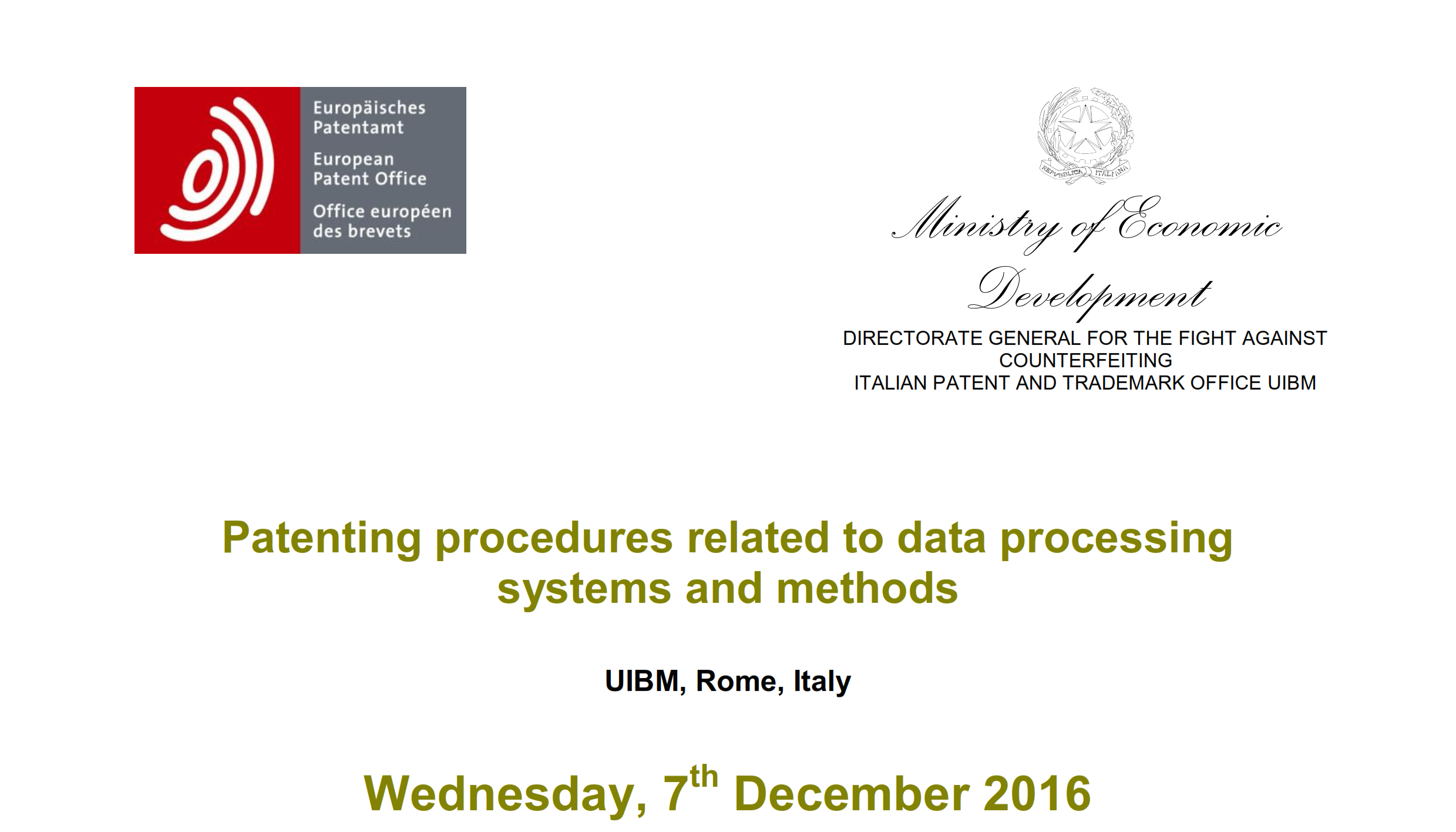By judgment of 21 April 2021, the General Court of the European Union ruled on the application of the Article 8(1)(b) and of the Article 8(5) of the of Regulation 2009/207 (amended by Regulation 2017/1001) in relation to the following case (Case: T 44/20)
In 2017 the applicant, Chanel, filed a notice of opposition against the registration of the EU mark 017248642 for goods in class 9 applied by Huawei Technologies Co. Ltd. The opposition was based, first, on the ground set out in Article 8(1)(b) of Regulation 2017/1001 and on the earlier French figurative mark 3977077 covering, inter alia, goods in class 9.
Second, the opposition was based on the ground set out in Article 8(5) of Regulation 2017/1001 and on the earlier French trademark 1334490 covering, inter alia, goods in classes 3, 14, 18 and 25.
The Opposition Division of the EUIPO rejected the opposition in its entirety and then the Fourth Board of Appeal of EUIPO dismissed the subsequent appeal.
The applicant requested the General Court to annul the decision of the Fourth Board of Appeal of EUIPO in so far as it state that there was no likelihood of confusion on the part of the relevant public in relation to the earlier mark, within the meaning of Article 8(1)(b) of Regulation 2017/1001, and in so far as it states that the first of the conditions for the application of Article 8(5) of Regulation 2017/1001, namely that concerning the identity or similarity of the signs at issue, was not satisfied, given that the mark applied for was different from the allegedly reputed mark.
The action has been rejected in its entirety by the Court for the following reasons.
In view of the previous case law, for an earlier trade mark to be afforded the broader protection under Article 8(5) of Regulation No 207/2009, three conditions must be satisfied: the marks at issue must be identical or similar; the earlier mark cited in opposition must have a reputation; and there must be a risk that the use without due cause of the trade mark applied for would take unfair advantage of, or be detrimental to, the distinctive character or the repute of the earlier trade mark.
Those three conditions are cumulative and failure to satisfy one of them is sufficient to render that provision inapplicable.
In the present case, as regards the visual and the conceptual comparison of the marks at issue, the mark applied for and the allegedly reputed mark were considered different by the Court. In this regard, contrary to the allegation of the applicant that it would be permissible to take account of the different orientation of one of the signs if it corresponds to the perception which, irrespective of the intentions of its proprietor, the public may have of it when the mark is affixed to goods on the market, the Court confirmed that the comparison between the signs can be carried out only on the basis of the shapes and orientations in which those signs are registered or applied for. Since the first condition mentioned above is not granted, the provision of the Article 8(5) of Regulation No 207/2009 was not applied.
In addition, the Court established that, in the present case, marks were dissimilar overall and that the provision of the Article 8(1)(b) of Regulation No 207/2009 was inapplicable.
In particular, in view of the previous case law, in so far as the signs at issue are not similar, the other relevant factors for the global assessment of the likelihood of confusion cannot under any circumstances offset and make up for that dissimilarity and therefore there was no need to examine them. Consequently, the second plea in law was rejected and, accordingly, the action was dismissed in its entirety.
Serena Biondi










